Archaeological discoveries and historical records have revealed remarkable insights into ancient Greece’s towns. These settlements, dating from the Bronze Age through the Classical period, influenced urban planning and architecture across the Mediterranean.
Their civic design and engineering innovations continue to interest archaeologists and historians today. The ongoing excavations at these sites frequently reveal new details about how these sophisticated urban centers functioned.
Underground Aqueducts
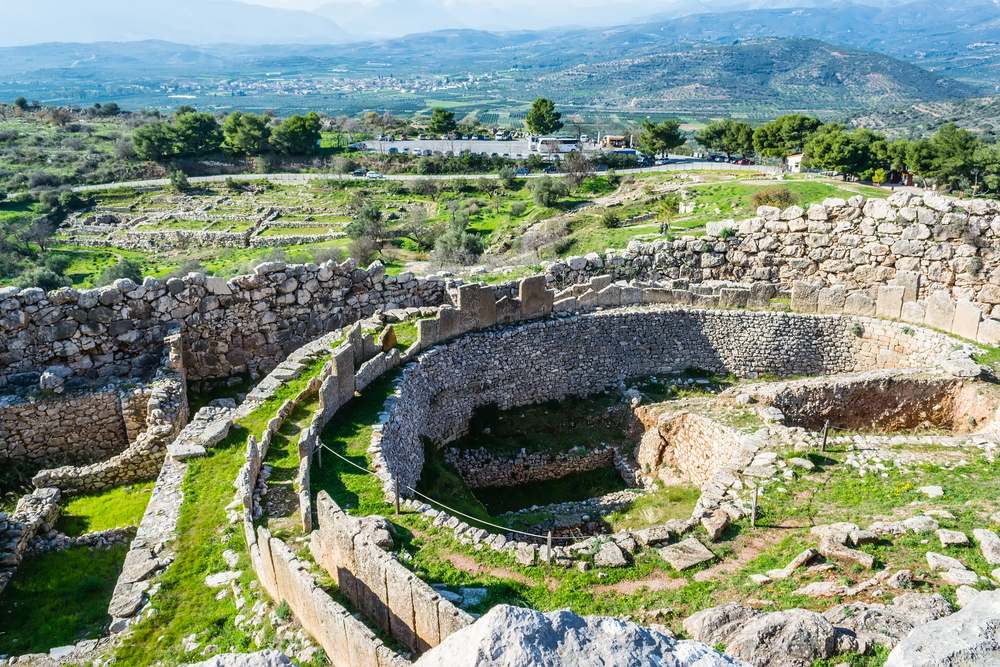
Sophisticated water management systems developed at Mycenae during the Late Bronze Age. Archaeological evidence includes well-engineered underground cisterns and channels carved through rock.
These systems evidenced a deep understanding of principles in the flow and storage of water, though much about specific details in their construction is a subject of study. Such water management systems are also found in other centers that were Mycenaean, implying a technological tradition shared between these.
Stone Streets
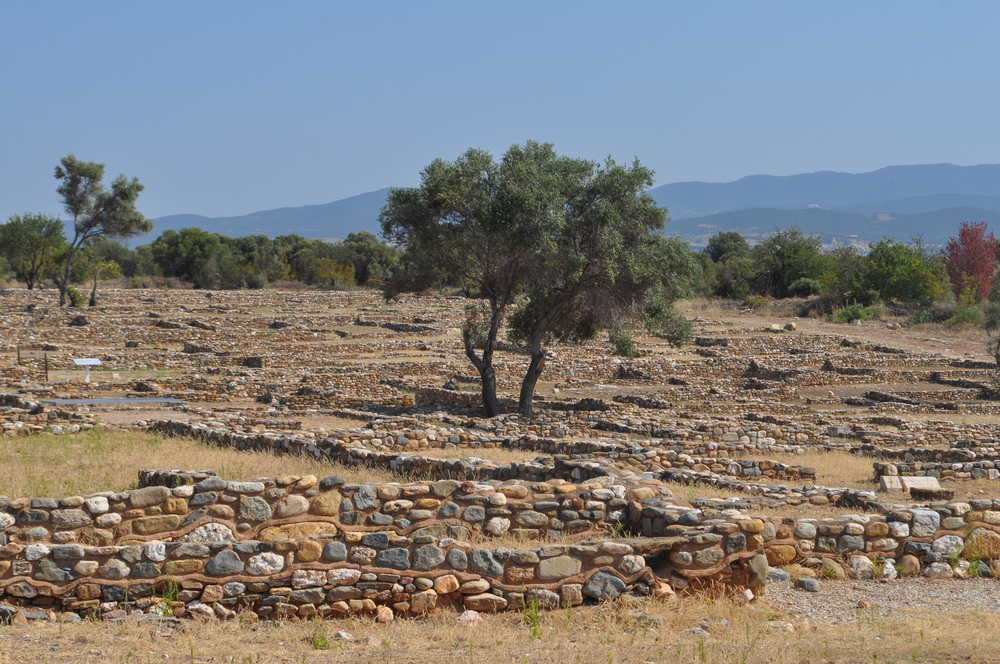
Early Greek city planners attempted to construct ordered street patterns, especially in cities like Olynthus. Excavations show streets patterned after a grid and provisions made for drainage.
The limestone pavement and order of design made these an advance in city planning in their day. They lasted until the centuries of use and burial, which tells us about the systems’ durability.
Like Travel Pug’s content? Follow us on MSN.
Harbor Design

Piraeus served as Athens’ main port, featuring three natural harbors that were modified and enhanced. Historical records and archaeological evidence indicate sophisticated port facilities and defensive structures.
The harbor system supported military and commercial vessels, though exact numbers remain uncertain. Recent underwater archaeology has revealed additional details about the construction of these ancient harbor facilities.
Marketplace Development

The agora in Thessaloniki evolved as a central commercial and civic space. Archaeological evidence reveals permanent structures for shops and public gatherings.
The marketplace included drainage systems and covered walkways, demonstrating sophisticated urban planning. Excavations continue to uncover evidence of specialized areas for trade and civic activities.
Defensive Structures
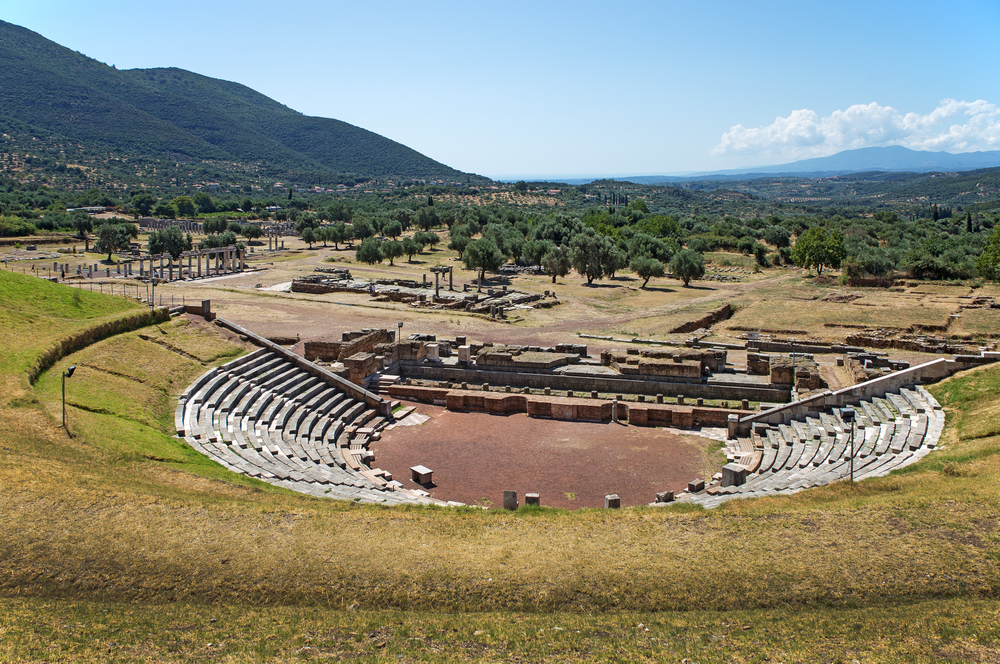
Messene’s fortification walls remain among the best-preserved examples of Greek military architecture. The defensive system included gates, towers, and guardrooms integrated into the city walls.
These structures showcase advanced military engineering principles of the Classical period, and their construction techniques have provided valuable insights into ancient Greek defensive strategies.
Like Travel Pug’s content? Follow us on MSN.
Health Facilities
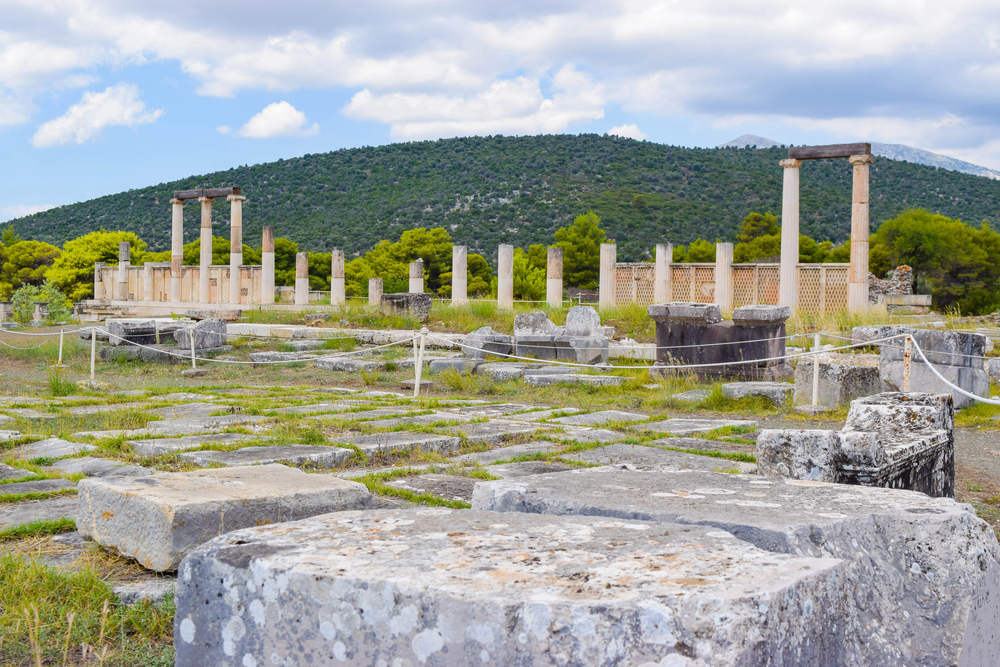
Epidaurus is known for its healing sanctuary and medical facility. It comprised temples, patient beds, and other areas for different treatments. Although the archaeological finds reveal some planned healthcare models, most practices are debatable.
In the light of inscriptions discovered at the site, a variety of treatments and different medical procedures can be determined that were used there.
Housing Organization
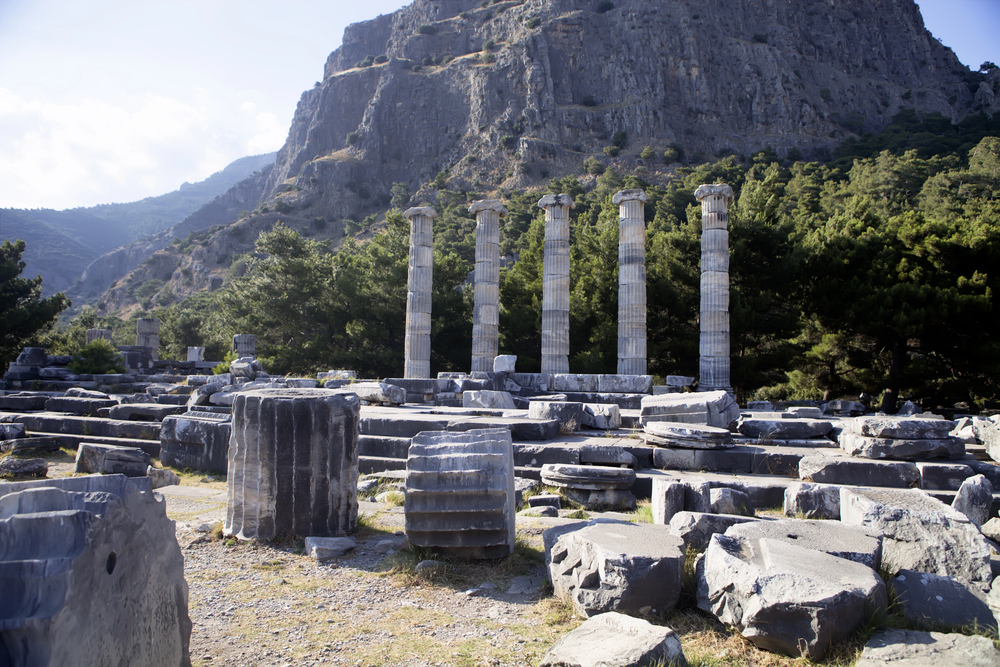
Priene exemplified organized residential planning in the Hellenistic period. Houses were built on terraced hillsides with consideration for light and ventilation.
Archaeological evidence shows standardized housing blocks with interior courtyards. Preserving these residential areas has helped scholars understand daily life in ancient Greek cities.
Public Entertainment
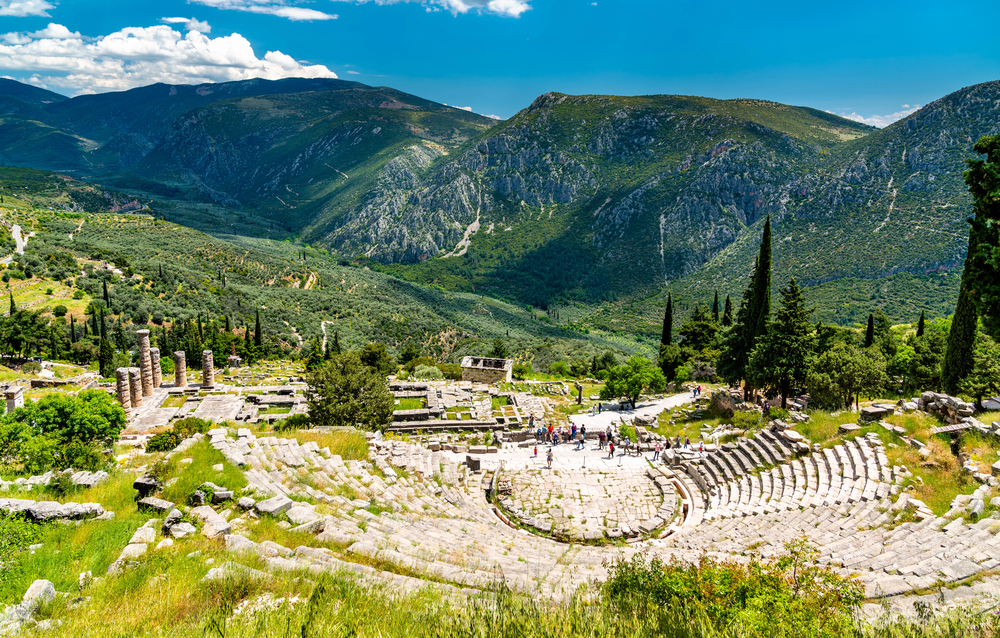
Delphi’s theater demonstrates a Greek understanding of acoustic engineering. The performance space utilized natural terrain and architectural design to enhance sound projection.
The theater represents significant achievements in public building design. Modern acoustic studies have confirmed the effectiveness of these ancient design principles.
Like Travel Pug’s content? Follow us on MSN.
Sacred Architecture
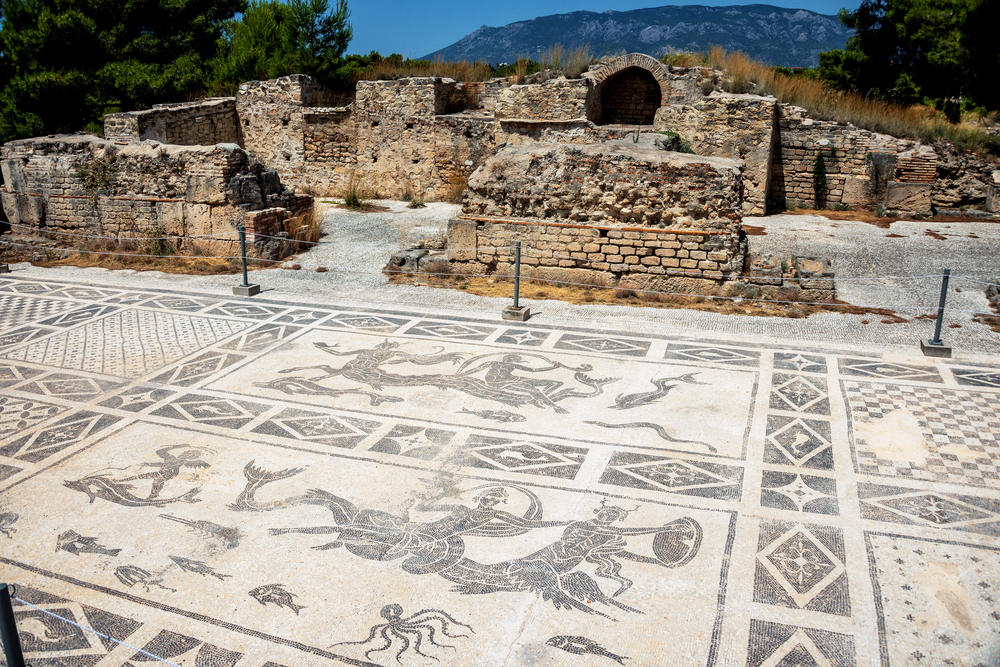
Eleusis housed important religious structures, including the Telesterion. Archaeological evidence shows multiple building phases and sophisticated architectural planning.
The sanctuary’s design accommodated religious ceremonies, though many details of these practices remain mysterious. Ongoing research continues to reveal new aspects of the site’s religious significance.
Trade Infrastructure
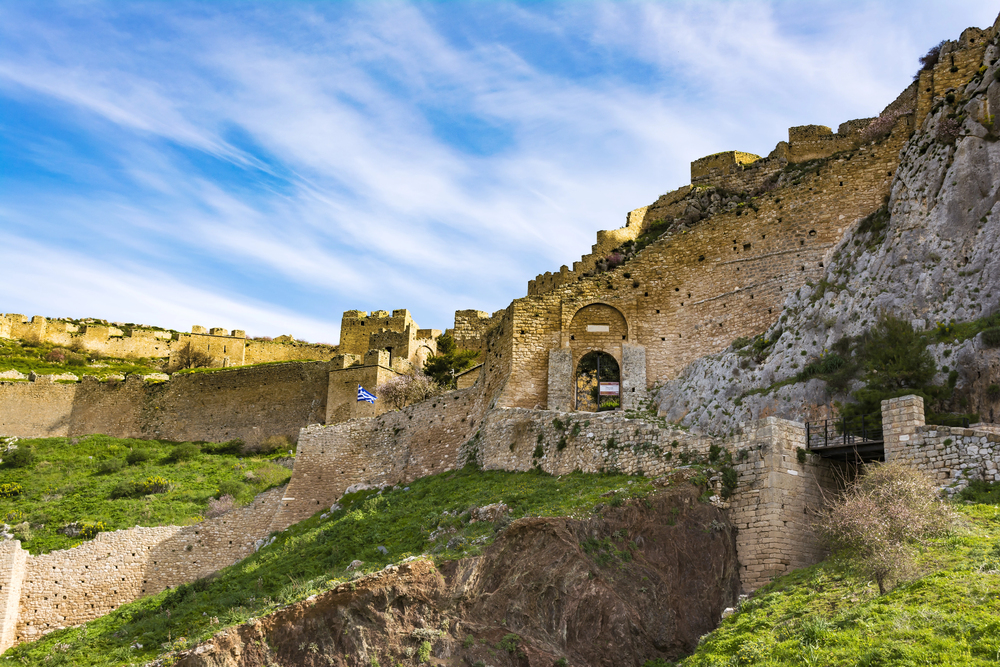
Corinth’s position between the two seas led to the development of important trading facilities. The diolkos pathway allowed transport between the Saronic and Corinthian gulfs.
Archaeological evidence confirms the engineering achievement, though its exact operational details are debated. The remains of this transport system demonstrate advanced engineering capabilities.
Learning Centers
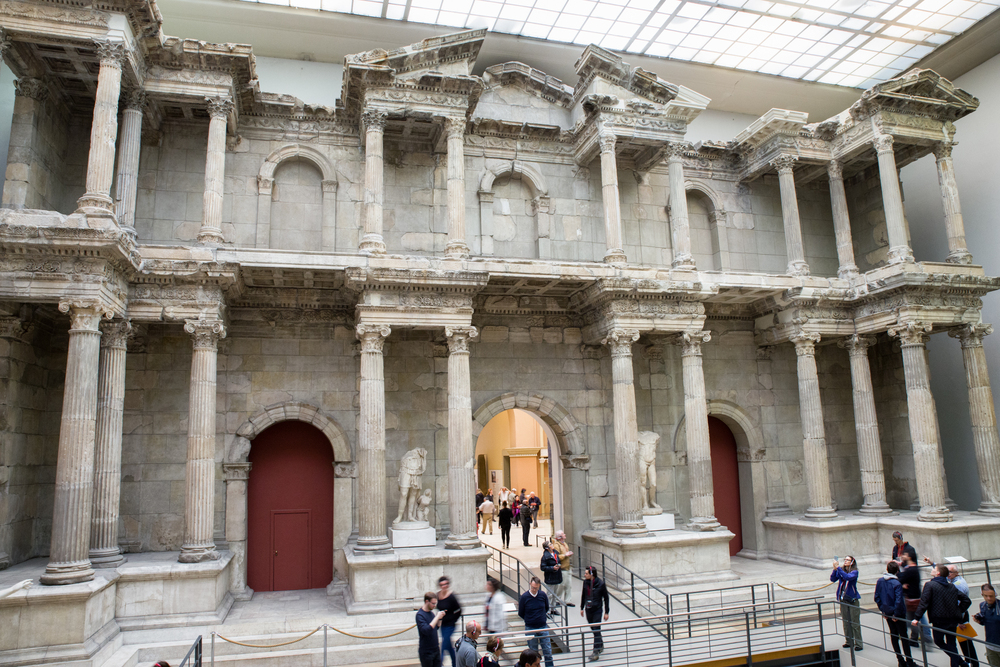
Pergamon developed significant facilities for learning and research. Historical records mention an extensive library collection, though specific numbers are uncertain.
The city’s architecture reflected its role as a center of scholarship. Archaeological evidence has helped reconstruct the layout of these educational facilities.
Like Travel Pug’s content? Follow us on MSN.
Land Management
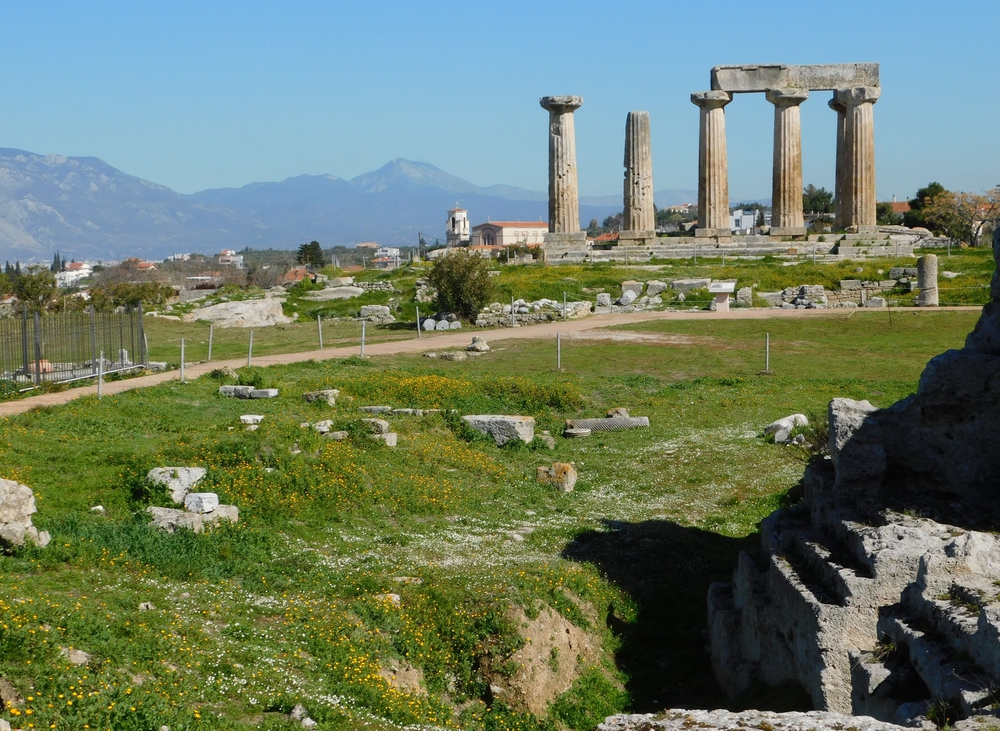
Orchomenos shows evidence of early water management and land reclamation. Archaeological and geological studies indicate organized drainage systems, which improved the region’s agricultural potential.
Modern environmental studies have helped us understand the scale of these ancient modifications.
Military Facilities
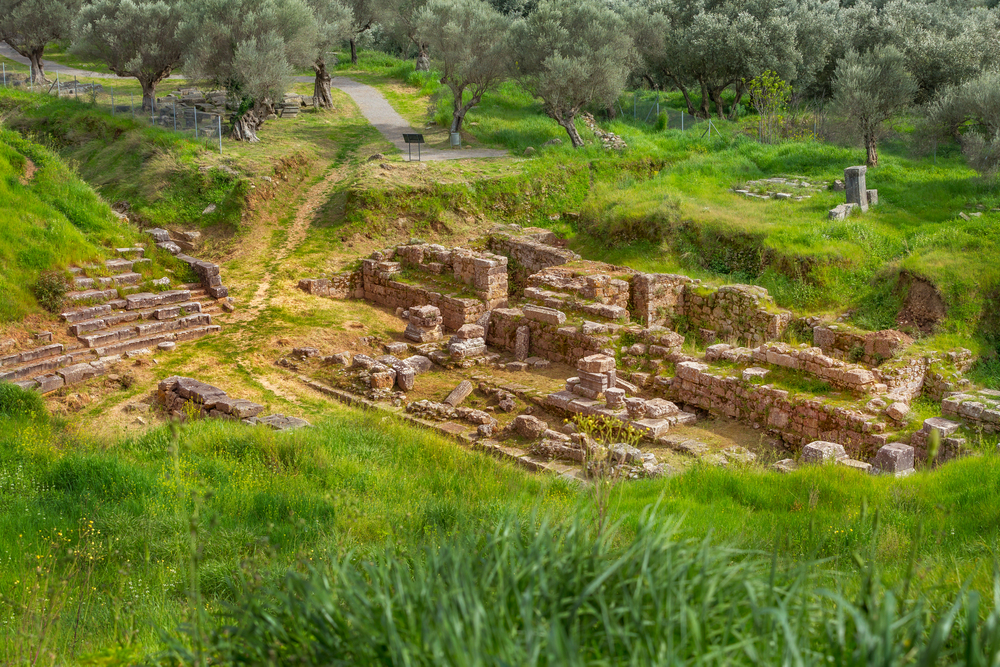
Sparta’s military focus influenced its urban development. Historical sources describe training areas and public facilities supporting military preparation.
Archaeological evidence provides some confirmation of these accounts. Recent surveys have revealed additional details about the city’s military infrastructure.
Craft Production
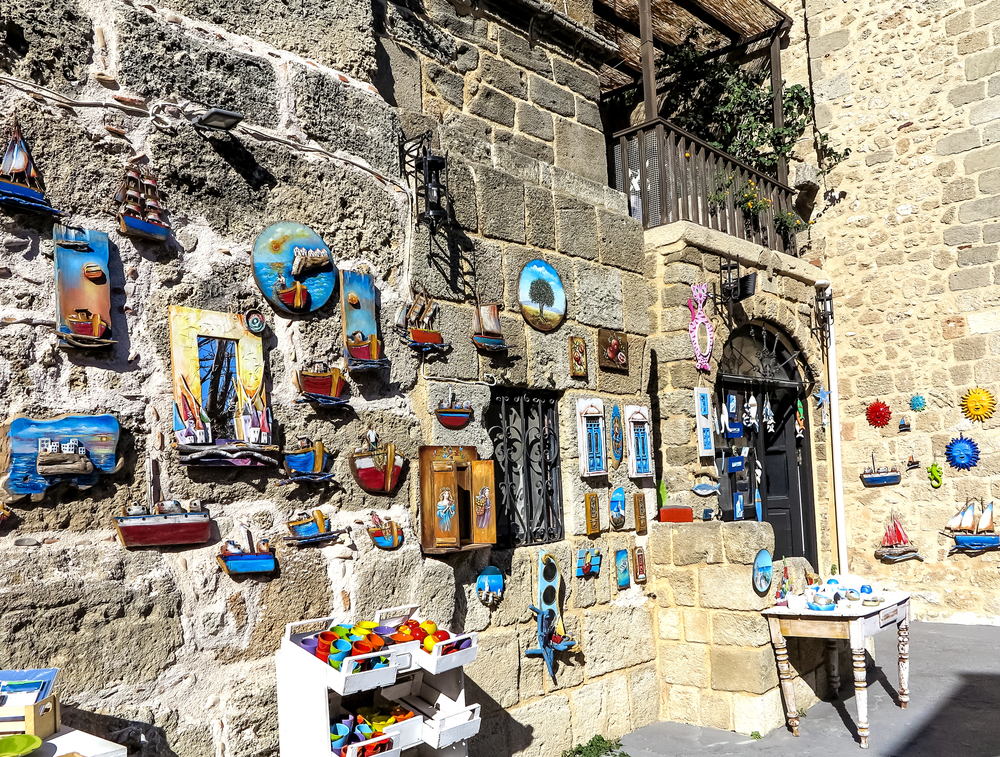
Rhodes contained areas dedicated to artistic production and crafts. Archaeological evidence shows workshops and production facilities.
The scale of operations can be estimated from remaining artifacts and architectural features. Scientific analysis of recovered materials has provided insights into ancient manufacturing techniques.
Like Travel Pug’s content? Follow us on MSN.
Administrative Systems
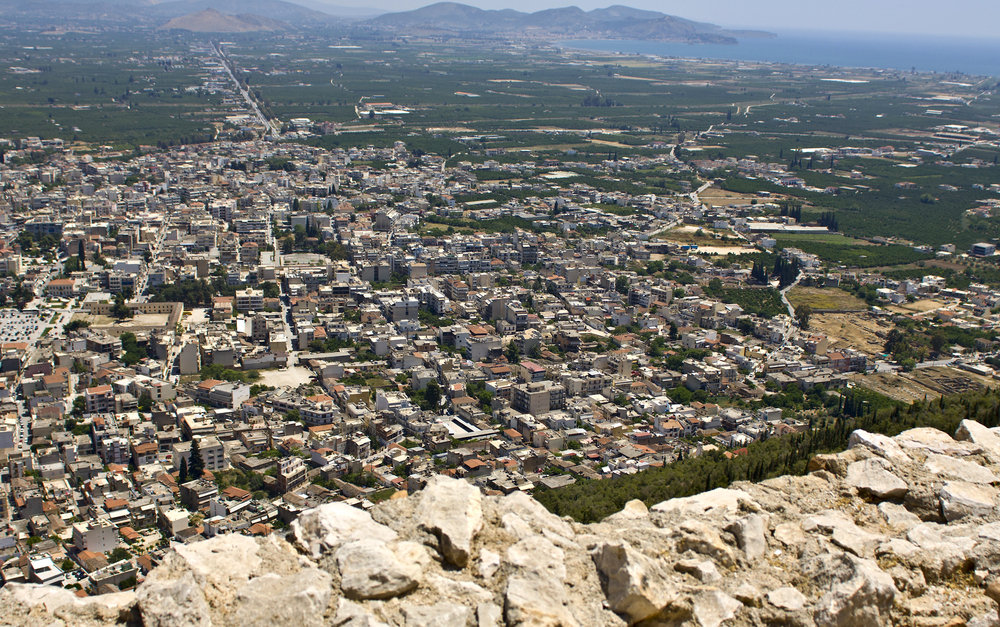
Argos developed organized systems for civic administration. Archaeological evidence indicates dedicated spaces for public records and governance.
Historical sources can infer the extent of record-keeping. Discoveries of administrative artifacts continue to enhance our understanding of ancient bureaucracy.
Mining Operations
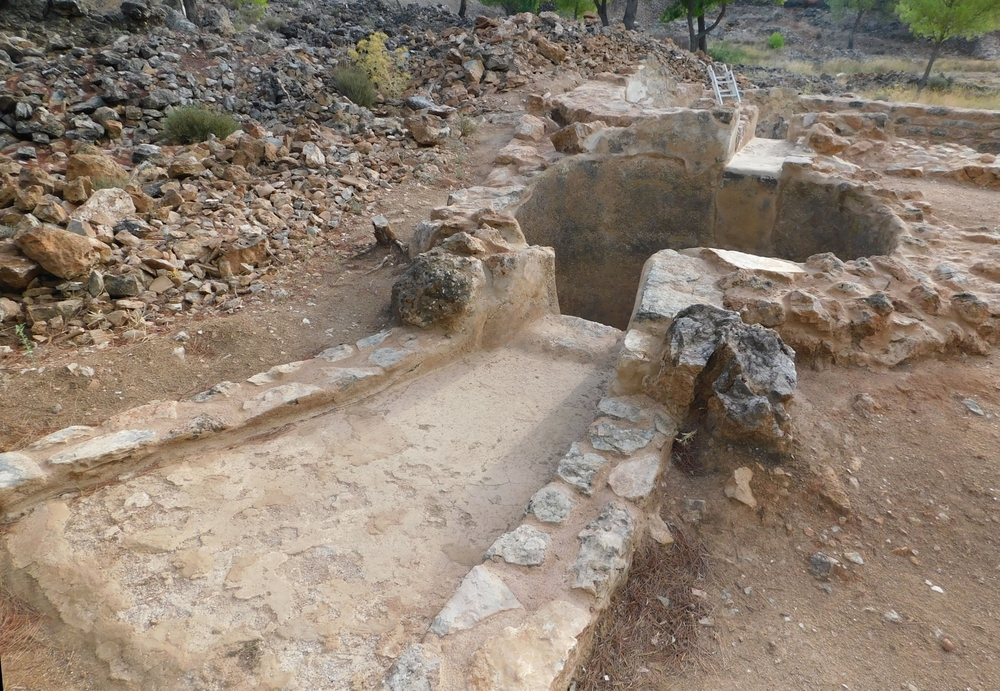
Laurion’s silver mines represent significant ancient industrial operations. Archaeological evidence shows extensive mining galleries and processing areas.
The importance of the mines to Athens is well-documented, though production figures remain estimates. Modern geological studies have helped reveal the extent of ancient mining activities.
Urban Sanitation
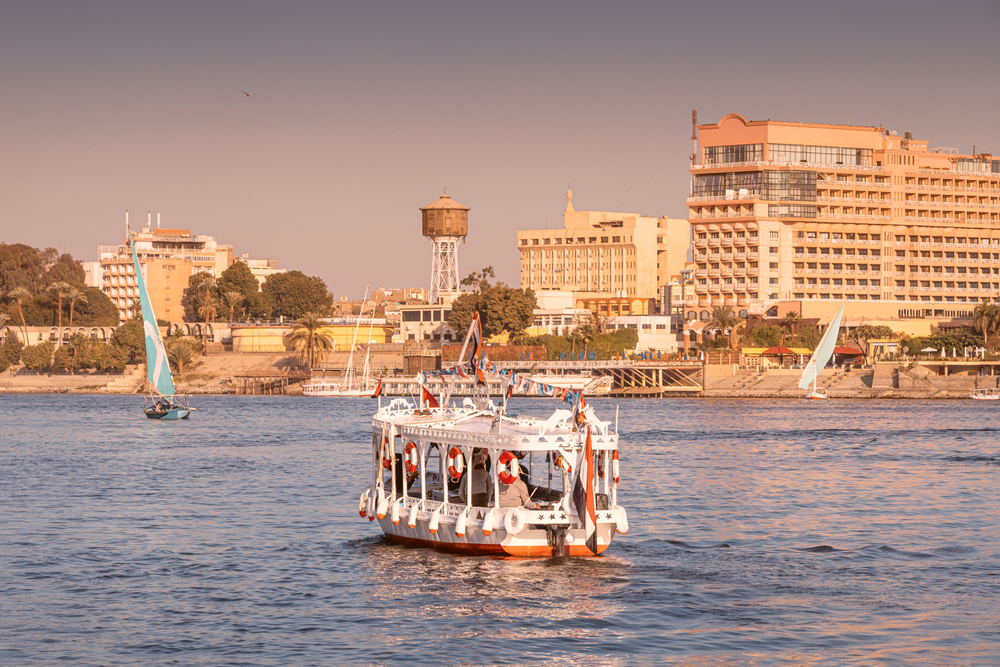
Thebes implemented systems for urban sanitation and drainage. Archaeological evidence shows planned water management and waste removal systems.
These developments represented important public health measures for their time. Analysis of these systems has revealed sophisticated engineering solutions to urban hygiene challenges.
Like Travel Pug’s content? Follow us on MSN.
Environmental Adaptation
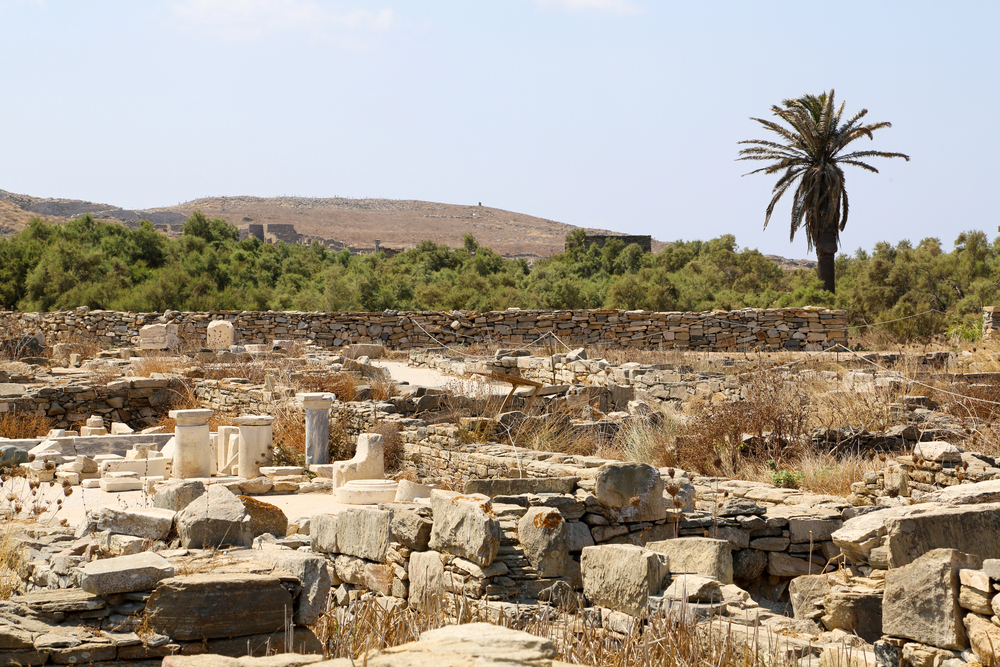
Delos shows evidence of architectural adaptation to local conditions. Building designs responded to climate and environmental factors.
Archaeological remains demonstrate practical approaches to urban comfort. Studies of building orientations have revealed careful planning for environmental conditions.
Resource Management
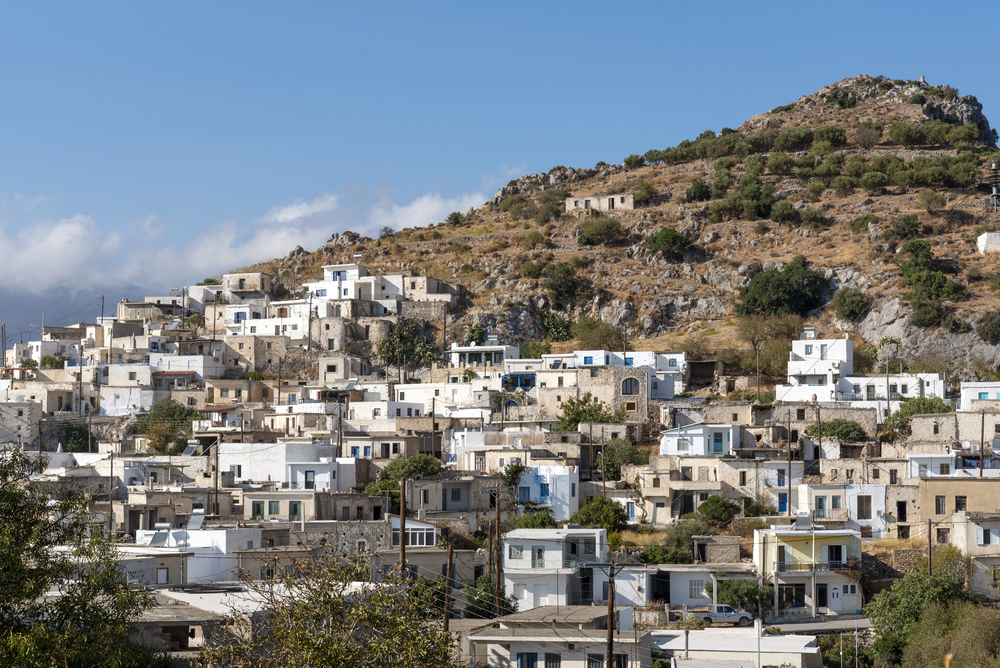
Ancient Greek towns developed various systems for managing water resources. Archaeological evidence shows cisterns, channels, and distribution systems.
These developments represented important advances in urban infrastructure. The integration of these systems demonstrates a sophisticated understanding of resource conservation.
Material Reuse
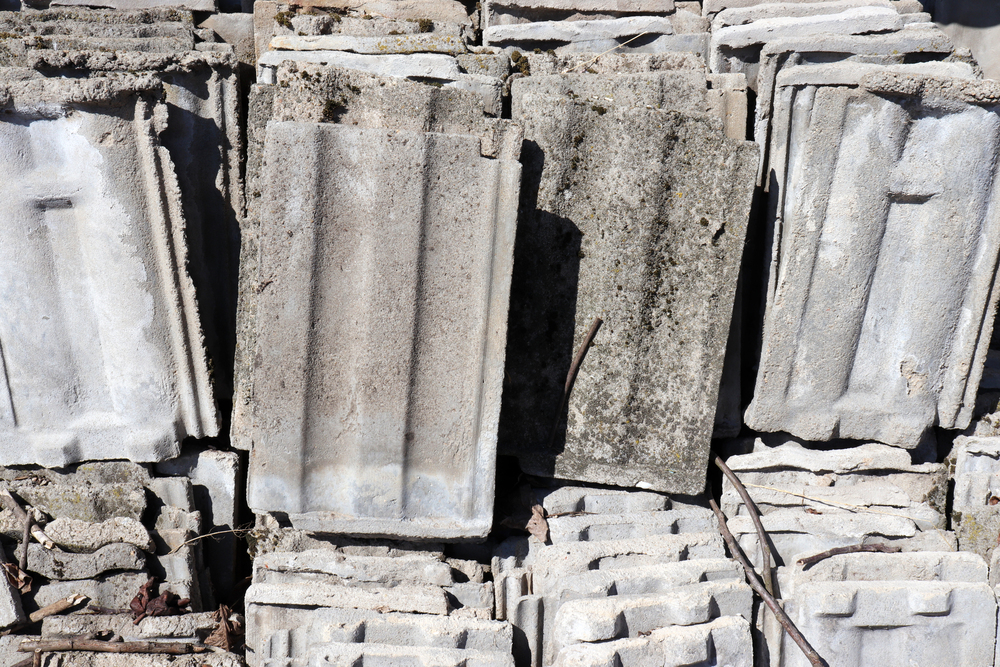
Archaeological studies in Athens illustrate advanced practices of material recovery and reutilization. Excavations in these areas exhibit a well-coordinated manner of collecting and reusing building materials in older buildings.
Although some records depict organized methods for salvaging valuable materials, the detailed procedures were not evident. Current construction site investigations have enlightened society on early sustainability measures.
Like Travel Pug’s content? Follow us on MSN.
The Legacy of Ancient Urban Planning

Archaeological evidence from ancient Greek towns provides a rich history of early urban development. Although many details about specifics are unknown, the settlements showed more sophisticated approaches to civic organization and engineering.
Their principles in urban planning reach modern times, though their achievements must be interpreted based on the evidence that survives. Modern archaeological techniques continue to highlight aspects of these great achievements by the ancients.
More from Travel Pug

- 15 Dangerous European Cities to Avoid
- 15 Caribbean Islands Where Tourists Keep Getting Scammed
- The 20 Most Fascinating Abandoned Places: A Journey Through Time and Forgotten Spaces
- 15 Hidden Places in the Smithsonian Museums Locals Love: A Guide to Lesser-Known Treasures
- 16 Hidden Florida Beach Towns That Aren’t Overrun with Tourists
Like Travel Pug’s content? Follow us on MSN.
